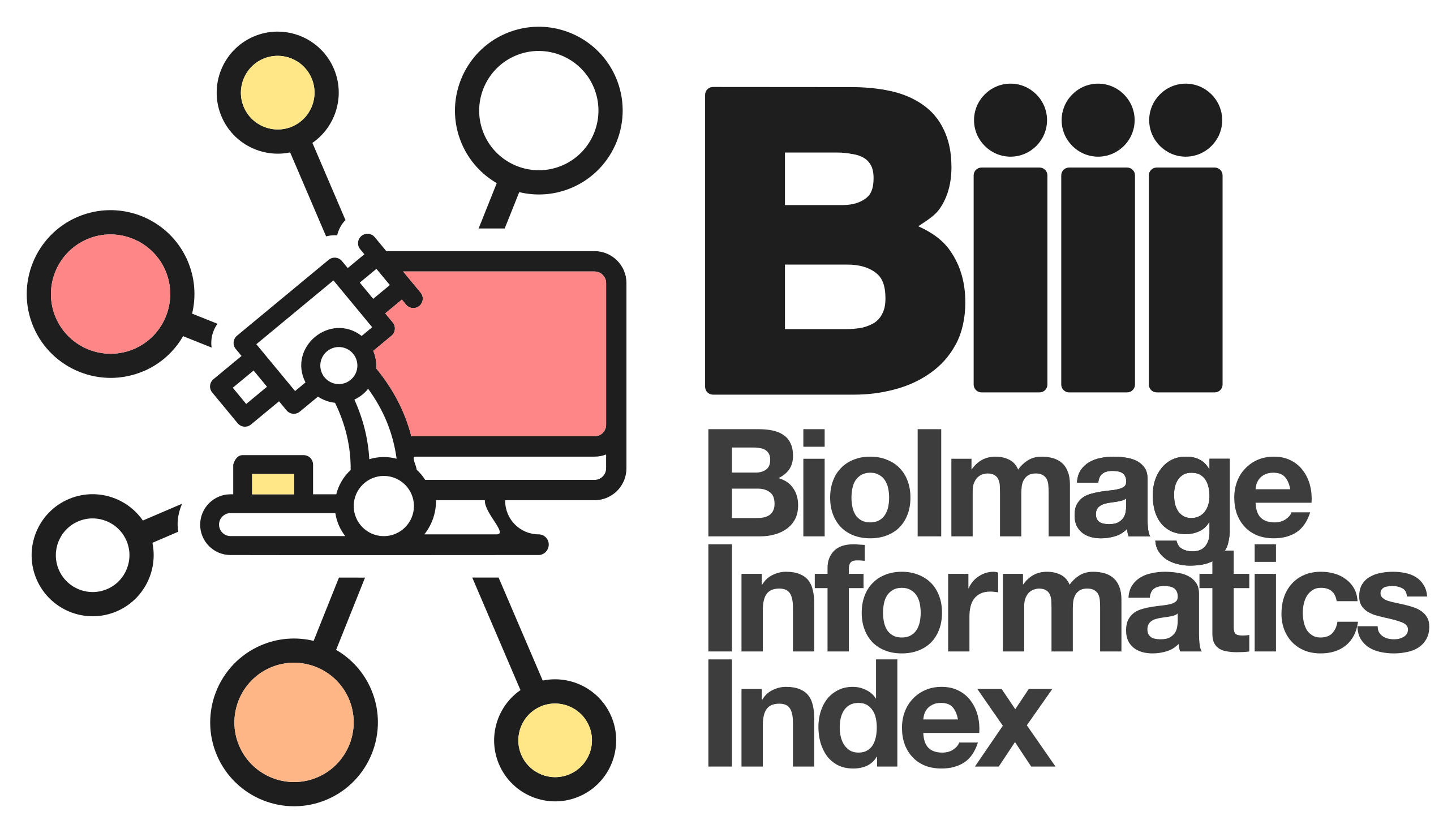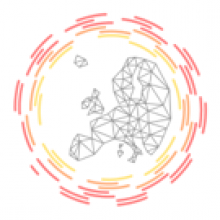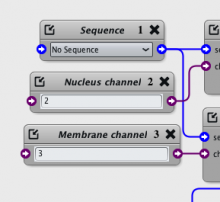Description
The goal of this workflow is to track cells captured in a time-lapse movie of a syncytial blastoderm stage Drosophila embryo and quantify their movement.
This example shows an example of object tracking. This pipeline analyzes a time-lapse experiment to identify the cells and track them from frame to frame, which is challenging since the cells are also moving. In addition, this pipeline also extracts metadata from the filename and uses groups the images by metadata in order to independently process several sequences of images and output the measurements of each.
Sample images
A portion of a time lapse movie of a syncytial blastoderm stage Drosophila embryo with a GFP-histone gene which renders chromatin fluorescent in live embryos. The movie shows nuclear divisions 10 through 13.
Victoria Foe made this movie on a Bio-Rad Radiance 2000 laser scanning confocal microscope using a 40X 1.3NA oil objective. The frames are 7 seconds apart and plays at 30 frames per second
GFP-histone transformed files provided by Rob Saint
V.Foe and G.Odell, . 26 July 2001



